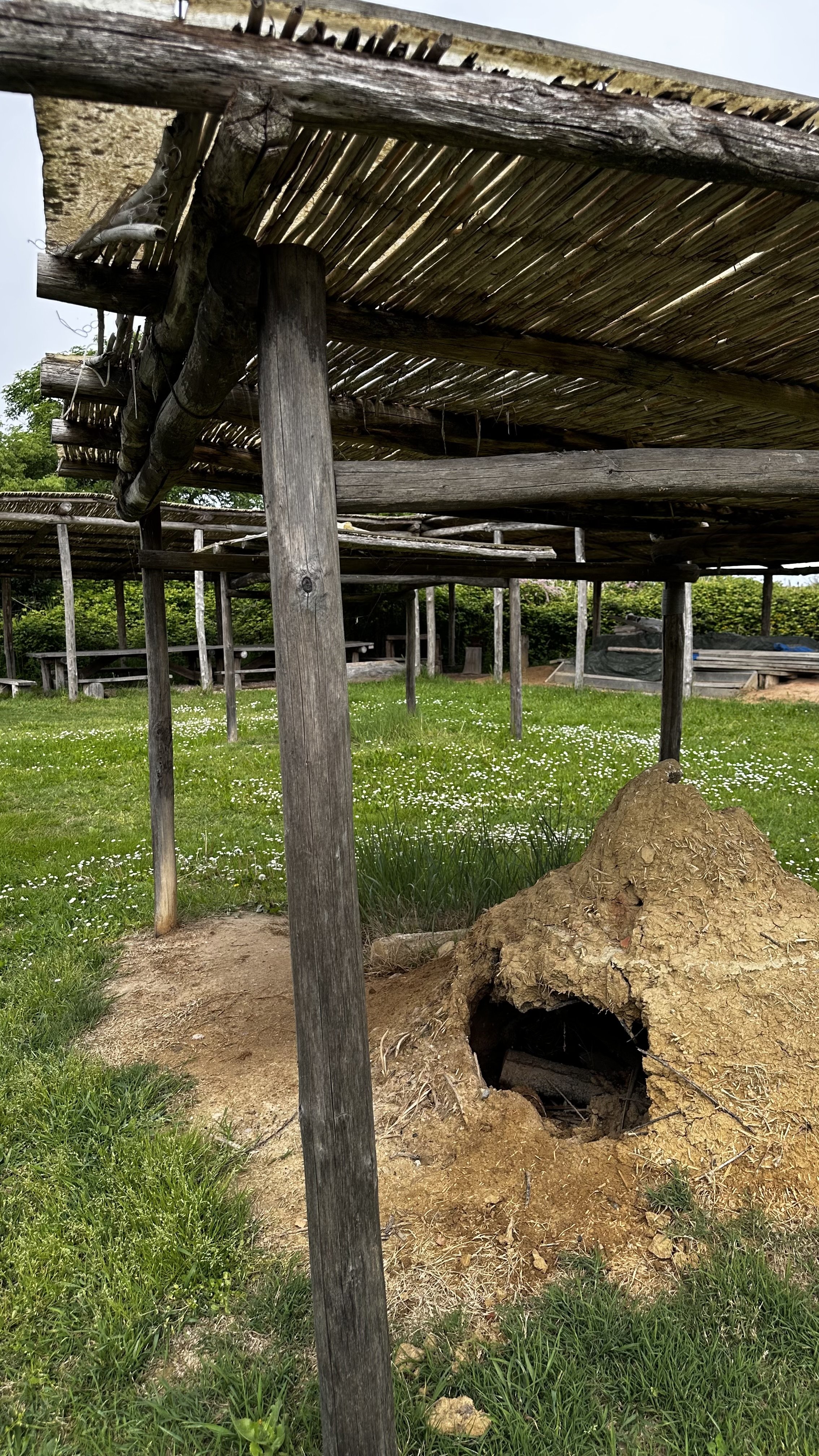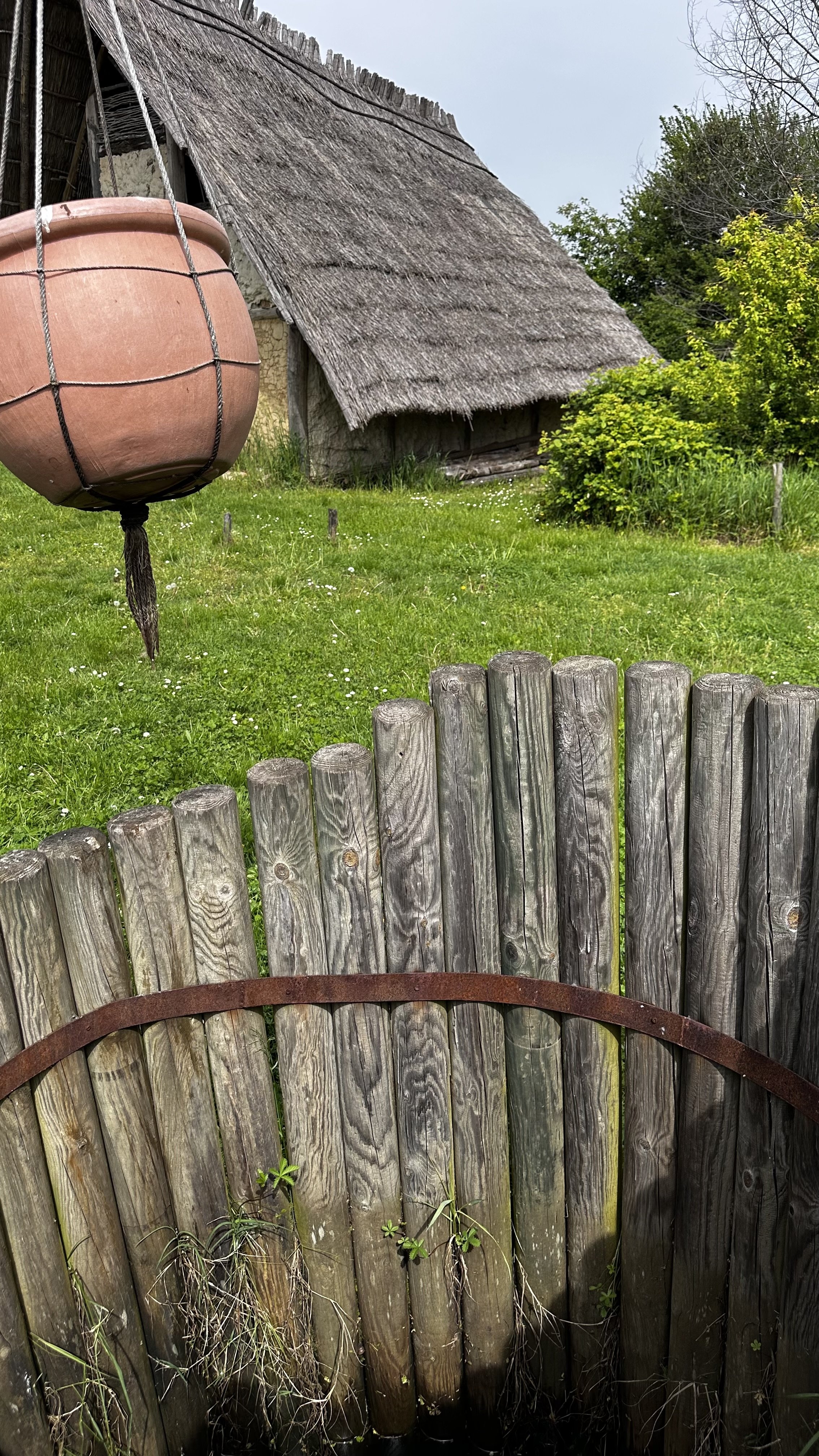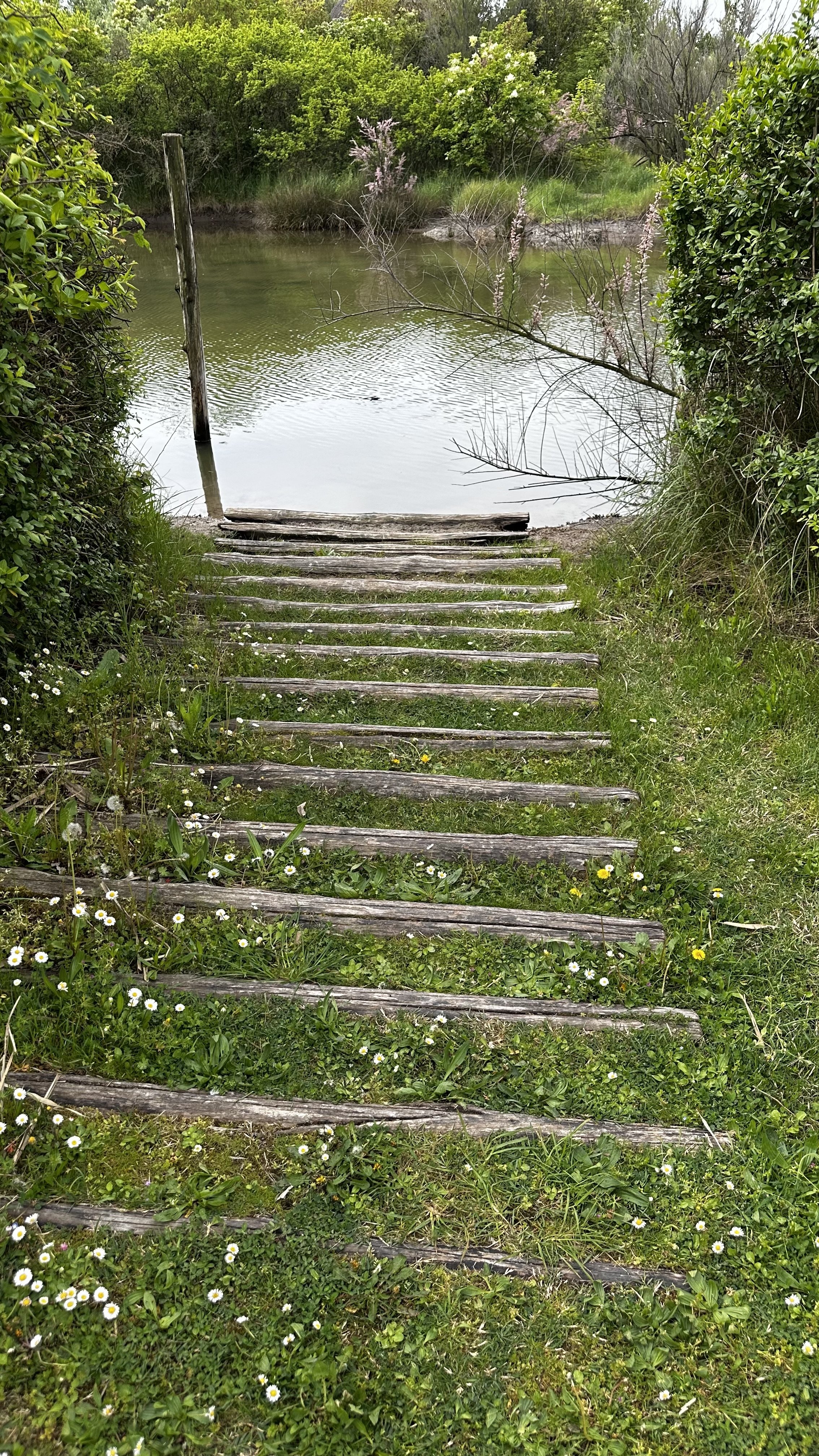Time Travel in Valle Canal Novo: A Fisher Family’s Echo in Clay, Straw, and Silence
A visit to an authentic fisher house in Valle Canal Novo becomes a vivid time machine—unveiling centuries of lagoon life, hard work, and survival etched in clay and reed.
I didn’t come here for this. I stumbled into it—and left stunned.
Hidden within the Riserva Naturale Valle Canal Novo is a reconstructed traditional fisher house, replicating how lagoon families lived as far back as the 18th and 19th century, with methods and structures rooted even deeper in the centuries before.
The structure itself is ancient in design—built with cane thatching, mud-straw plaster walls, and wooden frames, reflecting building traditions that likely stretch back to medieval times. These homes were part of the vallicoltura system, where fishers managed semi-natural lagoons for seasonal fish harvesting, often living on site for extended periods.
What was daily life like?
• Rough, physical, and entirely dependent on water. Families rose with the sun, monitored tidal gates, cleaned nets, and mended gear by hand.
• The oven was likely a clay-built fogolâr or kiln, used for ceramics or to dry fish, bake bread, or warm the family during colder months.
• The well provided fresh water in an otherwise brackish environment.
• Storage spaces held nets, cured fish, and essential tools.
• The boat landing is more than symbolic—boats were not a luxury, they were a survival tool, vital for accessing fish traps and moving between land and water shelters.
These fishers were not isolated romantics. They were part of an intricate ecological economy—managing fish populations sustainably through intimate knowledge of tides, seasons, and lagoon biology. Their lives were dictated not by the clock but by the moon and the weather, a full integration of human and habitat.

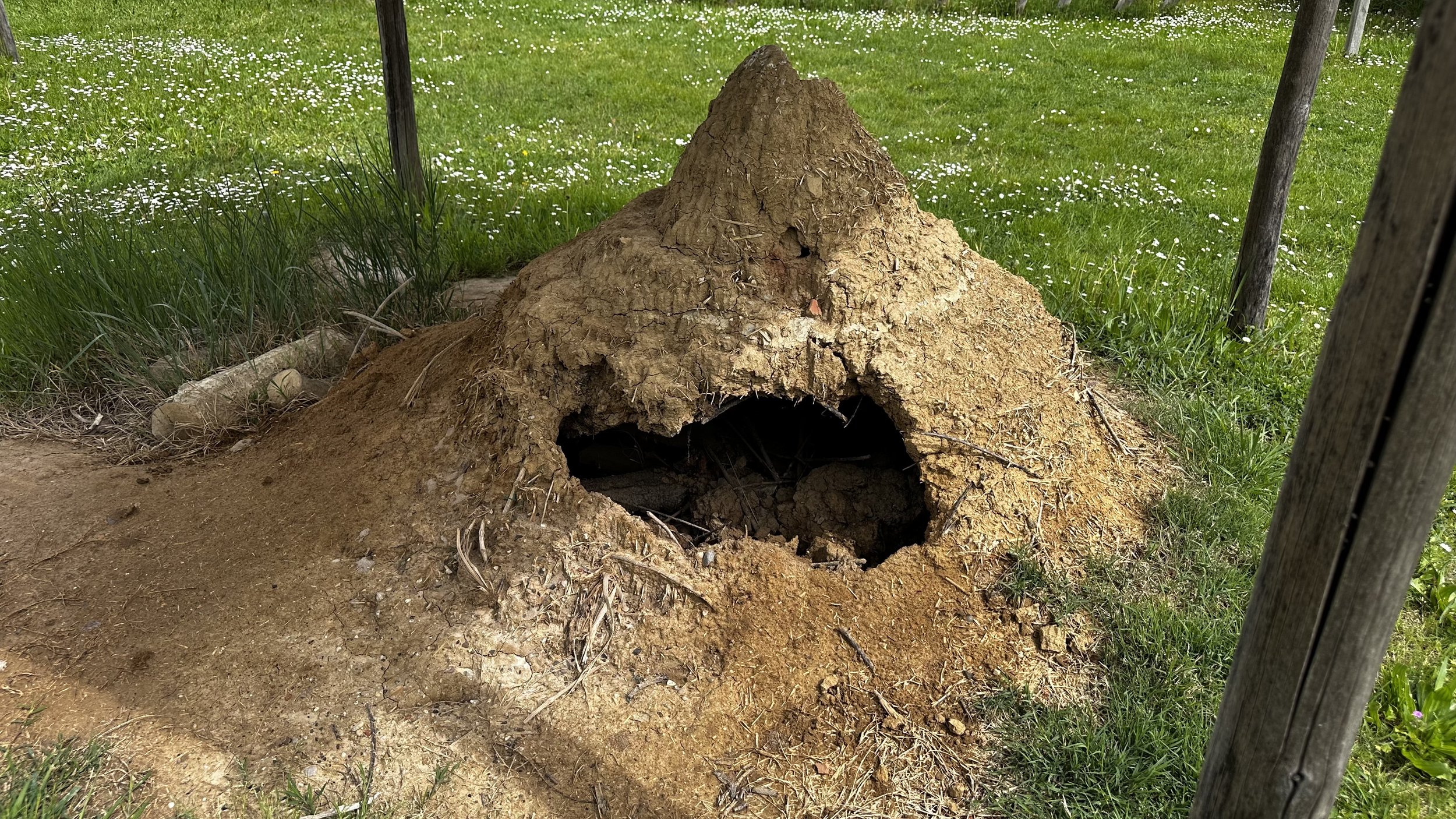
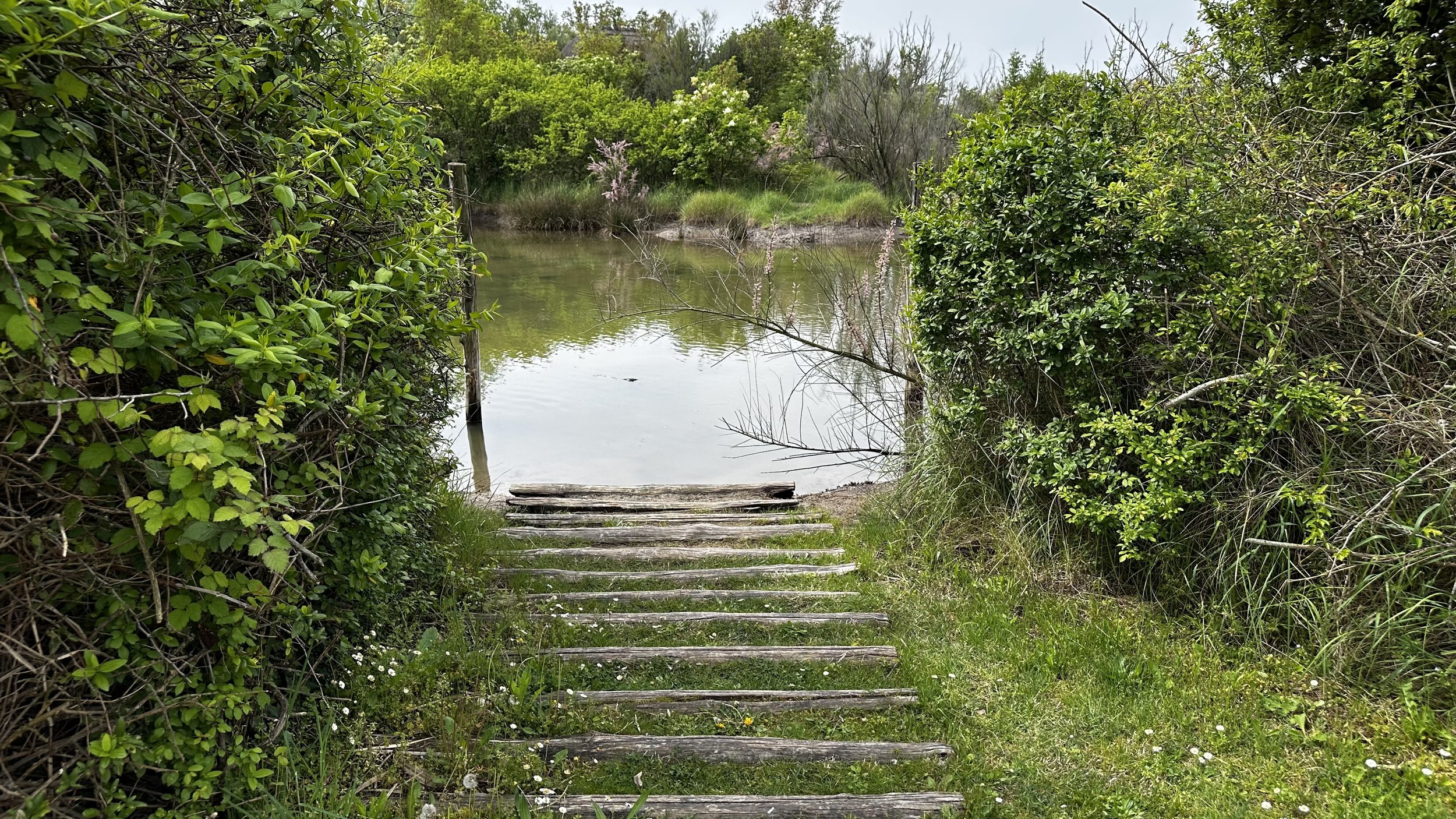
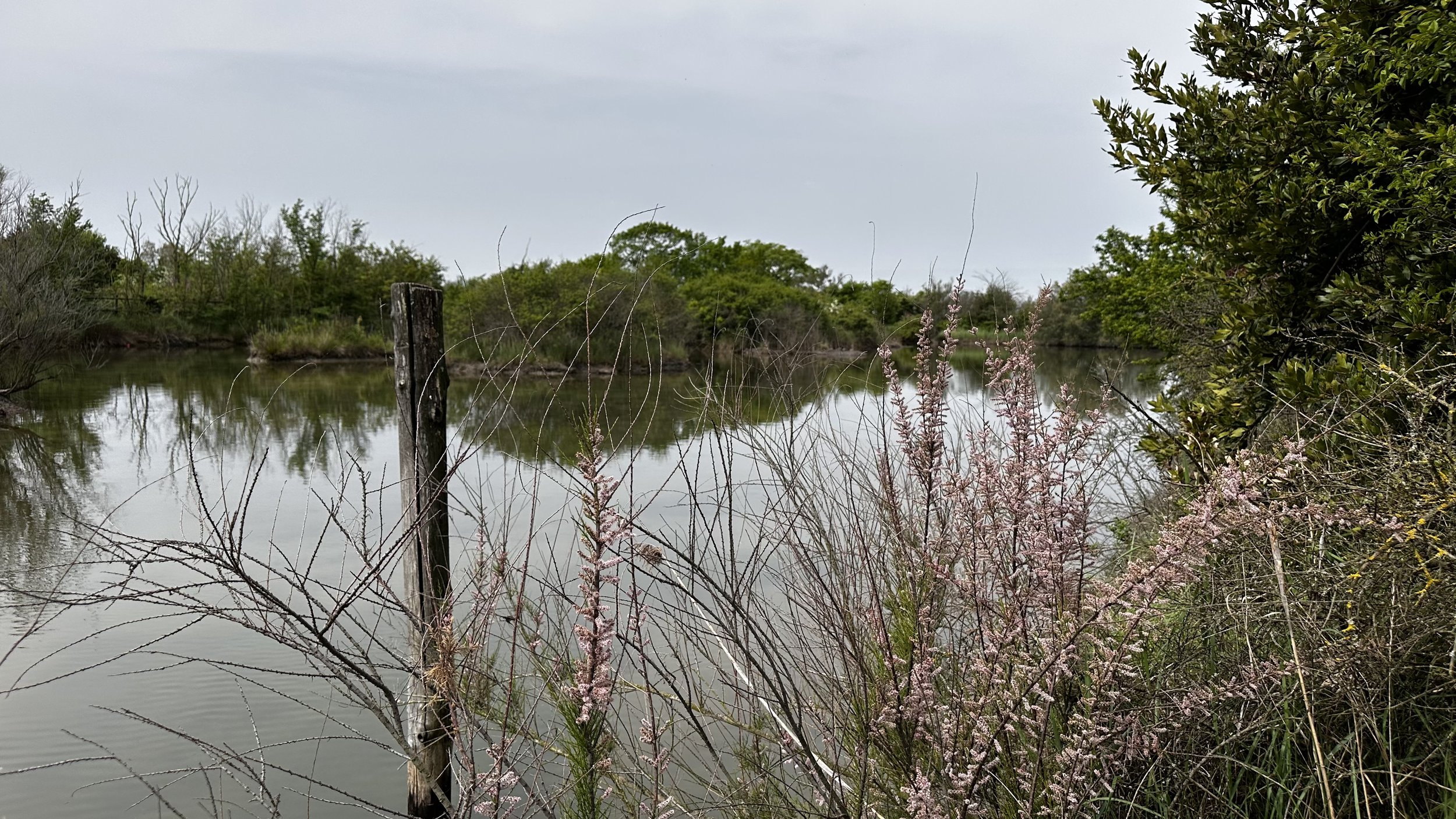
Standing there, next to the cracked clay and watching the breeze ripple over the water, I could feel the fatigue of their labor—and the dignity of their endurance.
It wasn’t a museum. It was a memory—stunning, pristine, and for a breath, shared.
Out There > Motorhome Trip Spring 2025 Western Balkans and Greece > Marano Lagunare Fisher House


